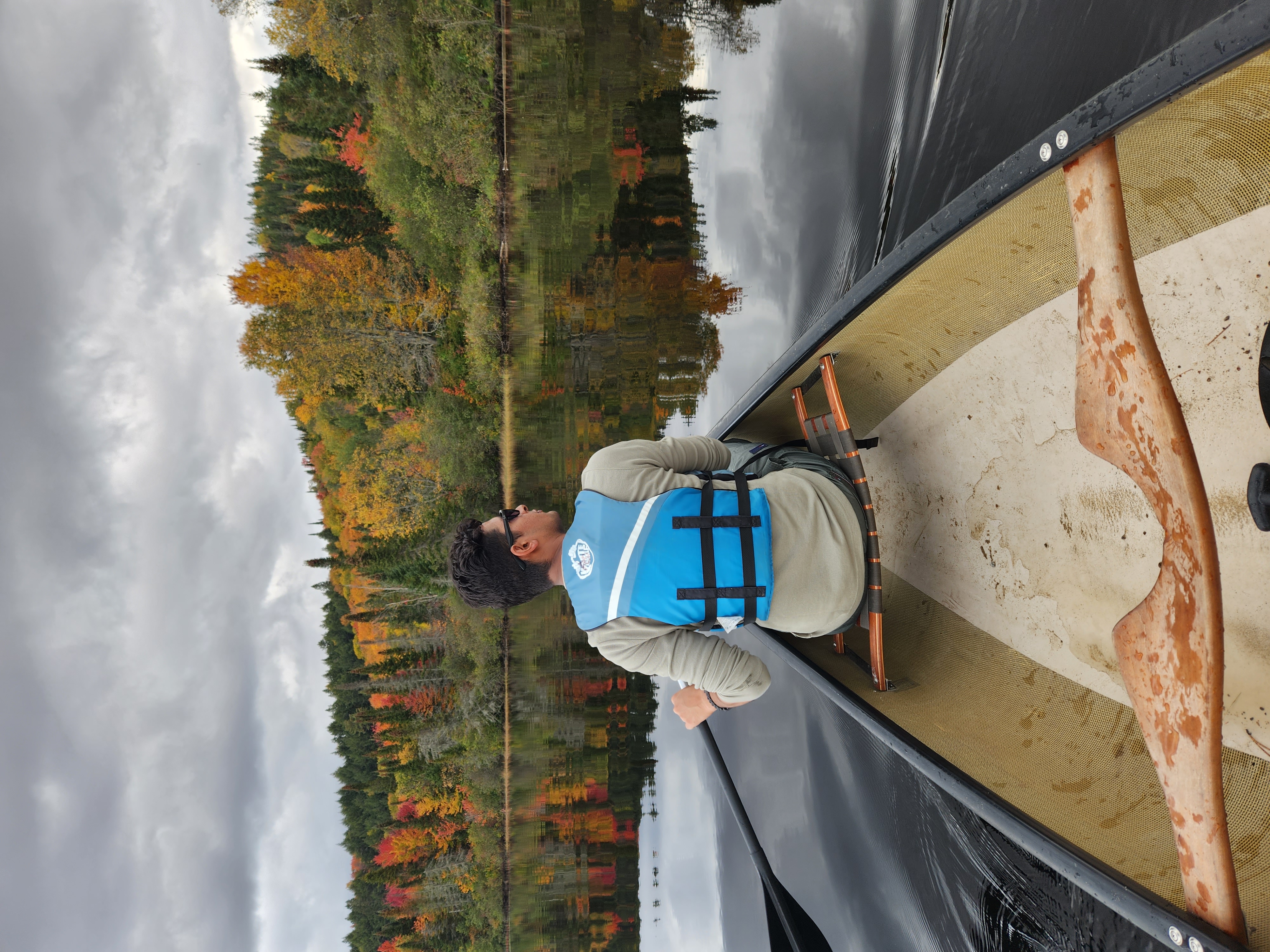Canada is rewriting the playbook on clean energy by approving its first Small Modular Reactor (SMR), a milestone that no other G-7 nation has yet matched. This decisive move elevates Canada to the forefront of next-generation power technology and sets a powerful example for the world’s most advanced economies. Unlike traditional nuclear plants, SMRs are designed for enhanced safety, reduced construction timelines, and flexible deployment. They can be factory-built and transported to sites that range from remote northern communities to industrial hubs—and they can back up renewable sources when the wind isn’t blowing or the sun isn’t shining.
Why Nuclear , Why Now?
In the 21st century, energy demand is exploding. Breakthroughs in AI, quantum computing, data centers, electric transportation, and advanced manufacturing all hinge on reliable, high-capacity electricity. Solar and wind have made enormous strides, but their intermittent nature means they cannot meet round-the-clock baseload requirements alone. Nuclear energy fills this gap, offering carbon-free, always-on power. Canada possesses some of the world’s richest uranium reserves and a deep bench of nuclear scientists and engineers. By leveraging SMR technology, Canada can transform from a resource supplier into a global innovation hub.
A Call for Aggressive Investment
A $15 billion SMR is a strong start, but Canada must amplify its commitment to reap the full benefits of nuclear leadership. This includes:
Supercharging R&D: Increase funding for national laboratories, universities, and private startups to refine reactor designs, fuel cycles, and waste management.
Regulatory Modernization: Streamline licensing and approvals to balance stringent safety standards with innovation-friendly timelines.
Public-Private Partnerships: Encourage joint ventures that share development risks and reward technological breakthroughs.
Talent Development: Launch scholarship programs, apprenticeships, and re-skilling initiatives to build the next generation of nuclear technicians, engineers, and regulators.
Bold, visionary action ,not incremental tweaks. will secure Canada’s place as a nuclear superpower.
Powering Tomorrow’s Technologies
Cutting-edge fields such as artificial intelligence and quantum computing demand uninterrupted, high-density electricity. Data centers the size of football fields already consume gigawatts of power, and their energy footprints continue to climb. SMRs can supply reliable baseload energy while supporting grid stability for renewable. By investing aggressively in domestic SMR deployment, Canada ensures that its technology sector—and its economy at large , does not hit an energy ceiling. This infrastructure will also attract global tech giants seeking low-carbon, predictable power sources for their most advanced research facilities.
Exporting Canadian Excellence
The global energy transition is creating urgent demand for scalable, carbon-free power solutions. Canada can capitalize by exporting SMR technology, expertise, and equipment to strategic markets:
Southeast Asia: Rapid industrial growth and urbanization require reliable grid solutions in countries like Vietnam, Thailand, and the Philippines.
South Asia :India,Bangladesh,Sri Lanka,Nepal,Pakistan
Africa: As nations expand electricity access, modular reactors can power cities, mines, and desalination plants at scale.
Eastern Europe: Countries seeking independence from traditional suppliers can adopt SMRs for national energy security.
Middle East: Oil-rich states diversifying into clean energy may integrate modular nuclear alongside solar and hydrogen projects.
Exporting SMRs will create thousands of skilled jobs, generate billions in revenue, and strengthen Canada’s diplomatic ties.
Strengthening Canada’s Global Image
Leadership in nuclear technology extends Canada’s soft power. As climate change and energy security dominate international discourse, offering safe, cutting-edge solutions enhances Canada’s reputation as a responsible, forward-thinking nation. Hosting global summits on SMR deployment, co-authoring best-practice guidelines, and training foreign regulators will cement Canada’s status as the go-to authority. A robust nuclear sector also underpins Canada’s climate commitments, reinforcing its credibility in forums such as the United Nations and the International Atomic Energy Agency.
Economic and Environmental Synergy
Nuclear energy delivers dual benefits: job creation and emissions reduction. Construction, operation, and maintenance of SMRs support a wide array of industries, from heavy manufacturing and logistics to professional services and academia. The economic stimulus of SMR projects can revitalize communities, diversify provincial economies, and spur innovation clusters. At the same time, replacing coal- or gas-fired plants with carbon-free reactors accelerates Canada’s path to net-zero emissions, helping meet Paris Agreement targets and preserving environmental integrity.
Conclusion: Seizing Canada’s Nuclear Moment
Building the G-7’s first SMR is more than a landmark construction project ,it is a statement of global leadership and ambition. Canada stands ready to:
Lead in clean energy by demonstrating scalable, safe nuclear solutions.
Fuel technological revolutions in AI, quantum computing, and electrified transport.
Boost our economy with high-value exports, job creation, and innovation clusters.
Elevate our global standing as a climate champion and nuclear authority.
But this is only the opening chapter. To secure lasting advantage, Canada must invest aggressively, streamline regulations, cultivate talent, and forge international partnerships. The future is electric—and nuclear sits at the backbone. Canada must seize this moment to power the 21st century and inspire the world.














